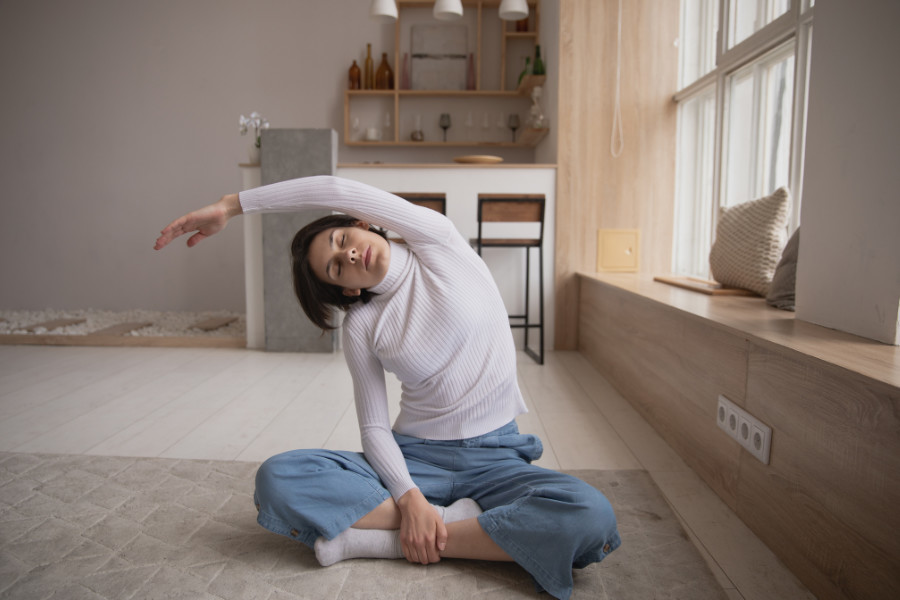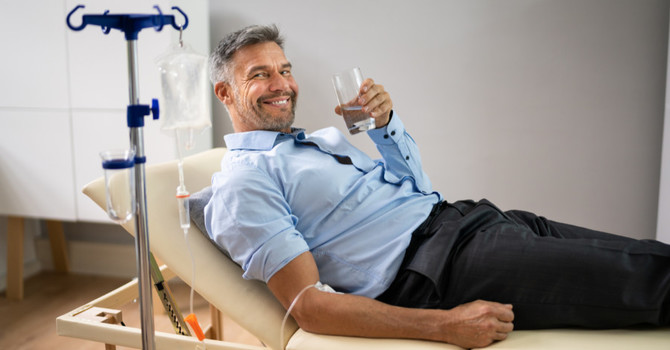
Simple Steps for a Smooth Recovery
After a dry needling session, your body begins the process of relaxation and recovery. While many people feel immediate relief, it’s also common to experience mild soreness, similar to what you might feel after a workout. Taking care of your body post-session can help you feel your best and get the most out of your treatment.
Stay Hydrated and Nourished
Drinking plenty of water after your session is one of the simplest yet most effective ways to support recovery. Proper hydration helps keep your muscles and tissues functioning at their best, promoting circulation and overall wellness. Eating a balanced meal with proteins, healthy fats, and complex carbohydrates can also help your body replenish and recover.
If possible, avoid excessive caffeine or alcohol immediately after your session, as they can contribute to dehydration and affect how your muscles feel.
Gentle Movement Over Intensity
While it might be tempting to jump right back into a high-intensity workout, giving your muscles time to relax can be beneficial. Light movement, such as walking or gentle stretching, helps keep blood flowing and supports flexibility without putting too much strain on your body.
If you engage in regular exercise, consider opting for lower-impact activities like yoga, swimming, or mobility exercises for a day or two before returning to more intense training.
Listen to Your Body
Everyone responds differently to dry needling, so paying attention to how your body feels after treatment is important. Some people feel energized, while others prefer to take it easy for the rest of the day. Mild soreness in the treated areas is normal, but it usually fades within 24-48 hours.
If you experience any tightness, applying a warm compress or taking a warm bath may help relax your muscles further. In some cases, light self-massage can also encourage muscle release, but avoid excessive pressure on sensitive areas.
The content in this blog is for informational purposes only and is not a substitute for professional medical advice, diagnosis, or treatment. Always consult your doctor or a qualified healthcare provider before trying new healthcare protocols.



